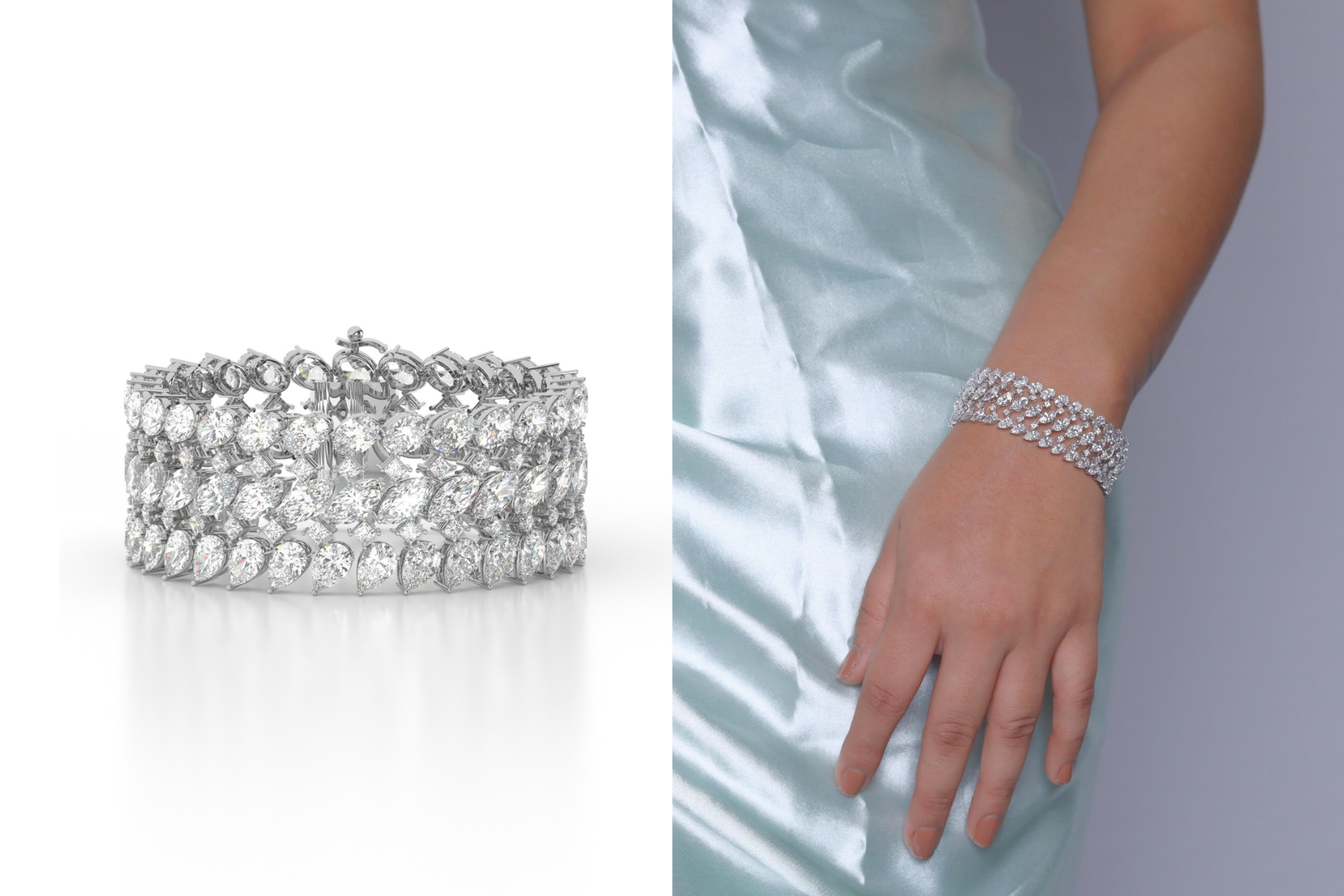Rendering vs Photography: Which is Better in Diamond Jewelry?
In the fast-paced world of marketing, showing off your product well is very important. This is especially true for the jewelry industry, where looks really matter. A strong marketing strategy should include great visual content. This helps grab attention, show off beautiful designs, and increase sales. Today, businesses can choose between old-style jewelry photography and new photo-realistic rendering. This blog looks at the key advantages and drawbacks of both methods. It will help you figure out the preferred choice for your jewelry brand.
Evolution of Diamond Jewelry Presentation
For many years, traditional photography was the main way jewelry was advertised. Skilled photographers used professional tools and detailed lighting to show off the beauty and shine of precious metals and gemstones. But now, we are in a digital age that has brought a new way to show products: photorealistic 3d rendering. This new method uses advanced computer software to make realistic images of jewelry in a virtual environment. It has changed how we think about displaying jewelry by providing a different option.
Tracing the Roots of Traditional Photography in Jewelry Advertising
Traditional photography has always been key in marketing campaigns. This applies not just to jewelry but also to areas like fashion and real estate. Its power comes from showing the real qualities of a product. Using real environments and professional lighting brings out how things look, their textures, colors, and intricate details.
When it comes to jewelry, traditional product photography is great at showing how light hits precious metals and gems. The shine of a diamond, the glow of a pearl, and the fine details of a handmade design are all best shown with a camera.
This method connects with customers because it feels real. When people see a photo, they view it as a true representation of the product they want to buy.
The Rise of Photorealistic Jewelry Rendering in the Digital Age
As technology changed quickly, the tools for product visualization changed too. Photorealistic jewelry rendering became a strong choice. It uses advanced computer software to make very realistic images of jewelry. Designers and marketers can now show jewelry in a custom virtual environment, instead of doing physical photoshoots.
This digital method offers endless ways to display jewelry. Want to change the background of an image for a new collection theme? That’s easy! Need to show the same ring with different gem options? No problem at all.
Plus, photorealistic rendering can create images that traditional photography can’t. It can show pieces of jewelry from angles that are impossible to capture.
Breaking Down Traditional Diamond Jewelry Photography
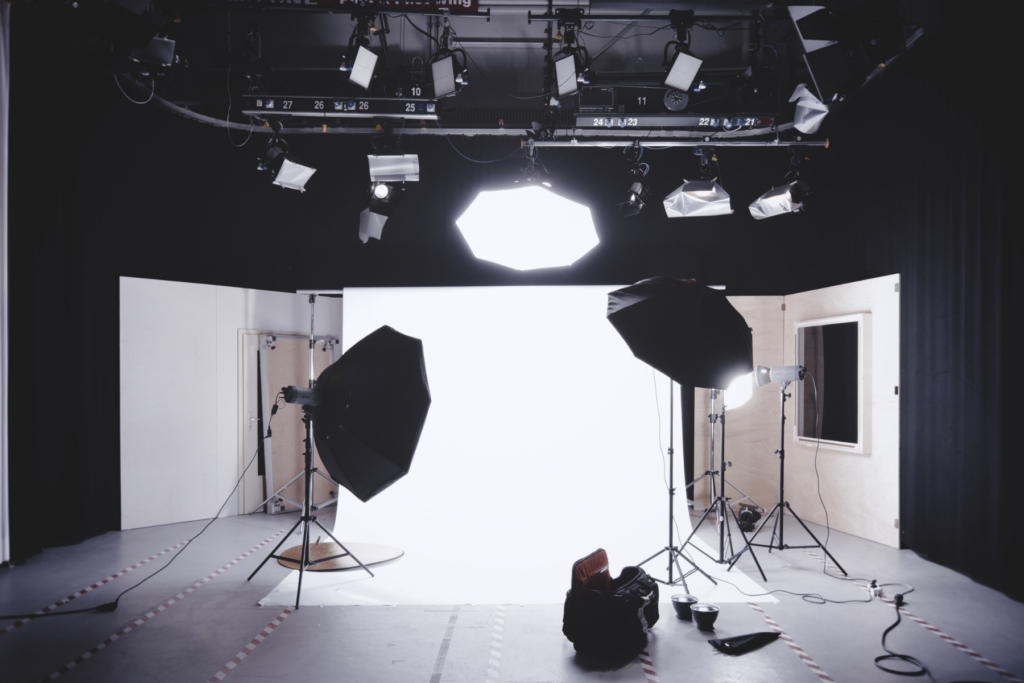
The charm of traditional product photography is in how it shows the real beauty of jewelry. Light reflects off a diamond’s facets. It also shows the fine textures of brushed metal and how a necklace falls. A professional photographer can capture these details best. Often, the images are taken against a simple white background. This focus highlights the jewelry. It gives a feeling of authenticity and helps build trust with potential customers.
Advantages of Using Traditional Photography for Jewelry
One of the biggest benefits of traditional photography is its ability to show the true beauty and fine details of jewelry. Skilled photographers, who have years of experience in lighting and composition, can capture the delicate designs, the shine of gemstones, and the overall craftsmanship. This helps them connect emotionally with buyers. Viewers can almost feel the weight of the jewelry, sense its cool metal, and picture themselves wearing it. For high-end jewelry brands, this level of realism is very important to showcase the value and uniqueness of their items.
Also, traditional photography allows for surprises. Often, the best pictures come from moments that are unplanned. A small change in lighting, an unexpected reflection, or a natural pose can happen spontaneously. These happy accidents give the image a vibrant feel and personality.
Limitations and Challenges with Traditional Photography
Despite its benefits, traditional photography has some clear limits. One big issue is that it depends on physical samples. This can make it hard when launch new products or designs that are still in the testing stage. Delays in making or getting these samples can hurt marketing efforts and how quickly a product can reach the market.
Moreover, any changes to the jewelry design, like changing the setting, adding pavé diamonds, or trying out different metal finishes, require new photoshoots. This can make costs go up.
Lastly, traditional photography is affected by outside factors. Problems with lighting because of the weather, restrictions on where to shoot, and difficulties in setting up the same way for different pieces can result in changes to the final image. This can hurt brand consistency.
Breaking Down Photorealistic Jewelry Rendering
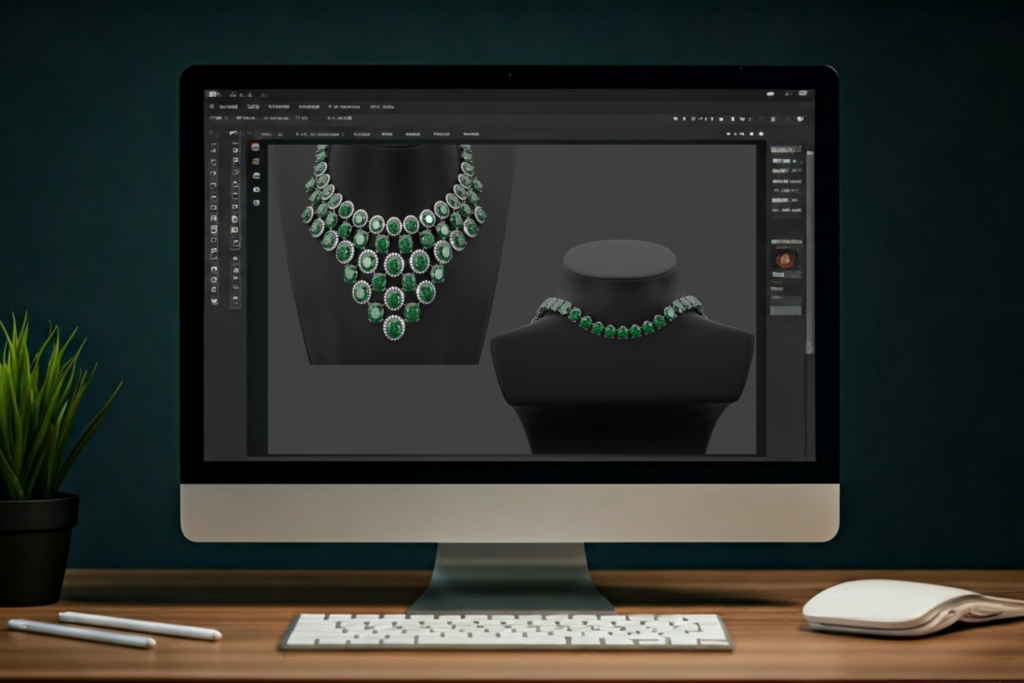
Photorealistic jewelry rendering uses advanced technology to make very realistic digital images of jewelry. It is the best bet for showing off your jewelry collection everywhere. This method gives you great control and flexibility for every part of the image. As technology gets better, the difference between rendered images and real photos becomes less clear. This opens up new and exciting ways to visualize jewelry.
How Photorealistic Rendering Transforms Jewelry Display
The beauty of photorealistic jewelry rendering is that it gives you amazing creative freedom and precise control over images. You can show off a beautiful diamond necklace in a Parisian cafe or display the intricate details of a vintage ring in soft light. With rendering, you can create these images with just one click.
This level of control is also great for the jewelry itself. If you want to see how a specific earring design would look with different gemstones or metals, you don’t need to make several physical versions. With a product configurator, you can quickly change the 3D model and create marketing materials with the variations you want.
Plus, rendering helps you show your jewelry from various angles and views that are hard to get with traditional photography. Picture looking at the delicate filigree work from inside the ring’s band, showing off the amazing craftsmanship like never before.
The Drawbacks of Relying Solely on Digital Renderings
While photorealistic rendering is a strong option, it does have some downsides. First, there is a learning curve to understand the software and techniques needed to create great renders. It can take time and money to build a team with the skills needed for this.
Next, getting a true photorealistic look, especially for some materials, can be hard. It requires a high level of realism and artistic skill to capture how light works with gemstones, the feel of different metals, and how the fabric moves with jewelry.
Lastly, remember that rendering shows a physical product that isn’t real yet. This brings a lot of flexibility for design and marketing, but it means that the real product has to meet the expectations set by what was shown in the render.
Cost Analysis: Rendering vs Photography
Cost is a key factor when deciding between rendering and photography. While traditional photography may seem cheaper at first, the long-term costs can rise quickly for businesses with large product catalogs. The photorealistic rendering needs a bigger initial investment, but it can save money in the long run.
Initial Investment and Long-Term Savings with Rendering
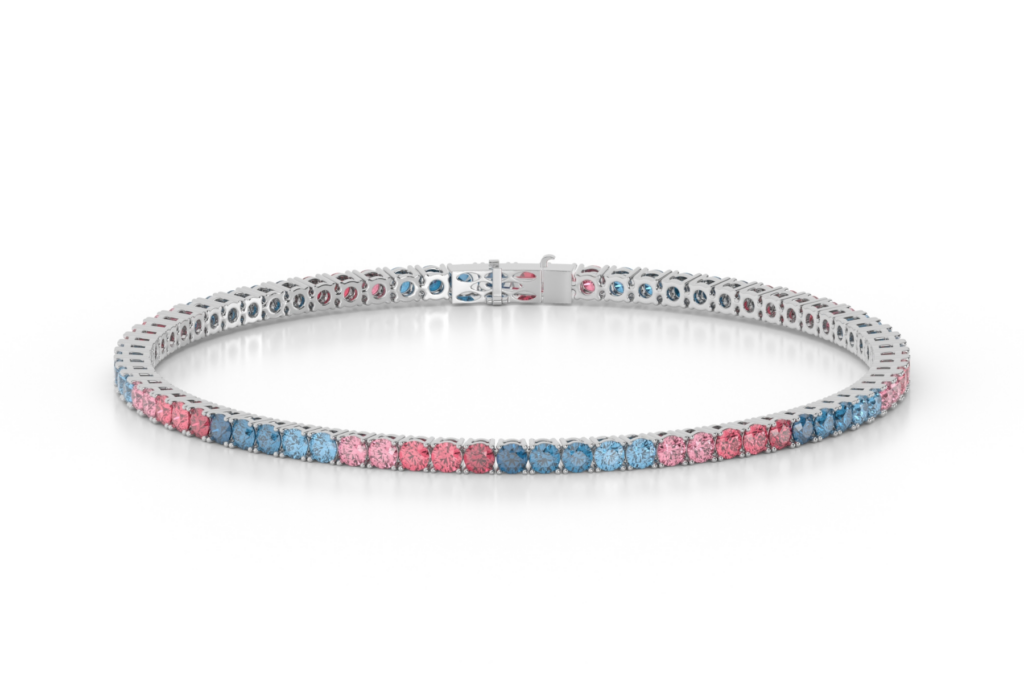
The biggest cost of rendering is the money you spend at the start on software, hardware, and training. Depending on what you need and what your team can do, you might buy fancy rendering software, strong computers, and hire skilled 3D artists.
But this initial investment can lead to long-term savings. Once you have a digital model of your jewelry, it’s much cheaper to create new designs, update them, and make different images with various settings and backgrounds instead of doing lots of photoshoots.
For example, if you want pictures of a new ring design in five different metal finishes, traditional photography calls for five separate photo shoots. However, with rendering, you just apply different textures to your 3D model. This makes the process much faster and saves costs. Over time, these savings can greatly affect your overall cost of product visualization.
The Hidden Costs of Traditional Photography
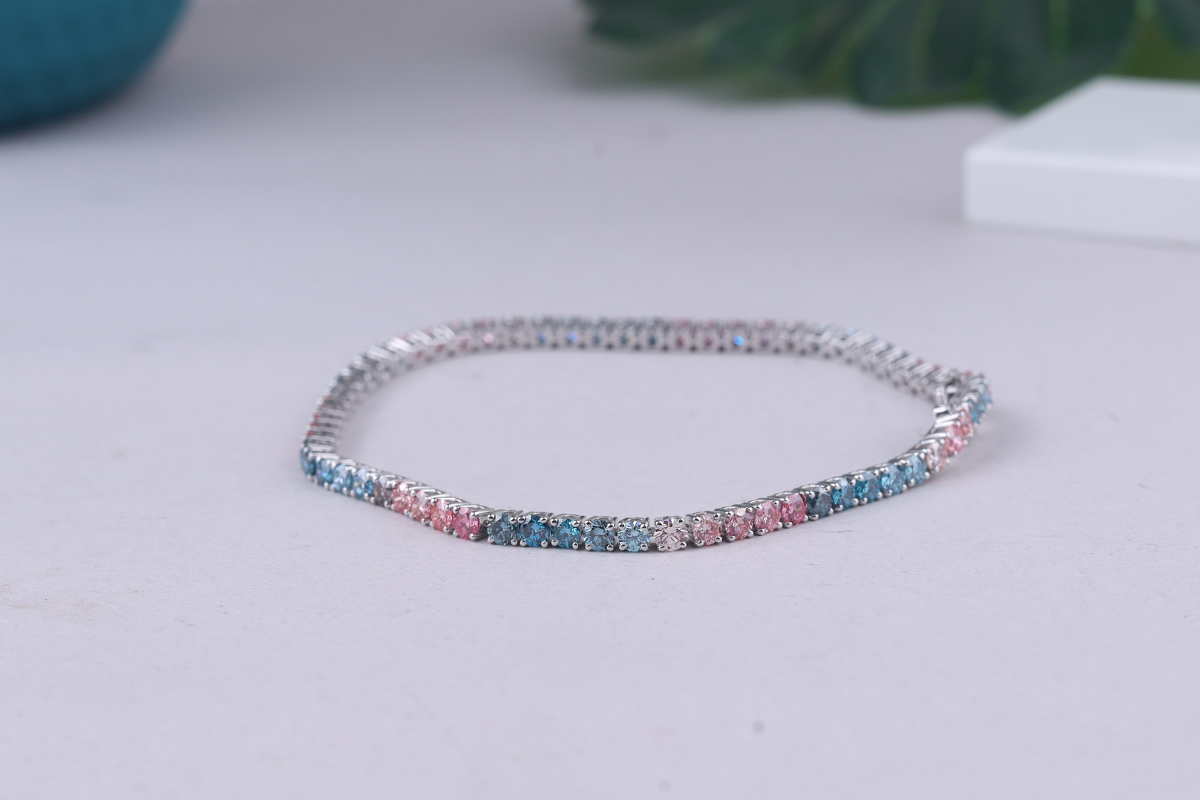
The average cost of a professional jewelry photoshoot may look reasonable at first. However, you should not forget about hidden costs that can add up over time. Things like studio rentals, photographer fees, professional lighting, set design, and edits all raise the total cost.
You should also think about the costs of using models. Hiring models, styling them, and paying for their time can be a big part of your budget. If you need to make changes in design or want new images, it means more photoshoots. This will raise your costs even more.
For businesses in a quick-moving market with many product launches, relying on new photoshoots can put pressure on budgets and create planning challenges.
Efficiency and Time Management
In today’s busy world of marketing, being efficient with time is very important. Traditional photography depends on setting up and using physical equipment, which can take a long time to finish. On the other hand, photorealistic rendering has a smoother digital process. This gives it a big advantage in how fast it can deliver results. It allows businesses to quickly respond to market trends and what consumers want.
Speed of Delivery: Comparing Rendering and Photography
Imagine you need to launch a new jewelry collection for the holiday season. Time is tight, and your marketing team needs great visuals for online ads, social media, and print catalogs.
Using traditional photography can be tough in this situation. You have to coordinate photoshoots and wait for physical samples. Then you must work on edits. This all takes a lot of time. By the time you get the final images, you might be closer to your deadline. This can limit how you deal with unexpected changes.
Rendering is much better for speed and flexibility. After creating the first 3D model, you can quickly change designs, backgrounds, and layouts. This fast delivery helps you get your marketing materials out quicker. It gives you an advantage in a competitive market.
Meeting Market Demand with Efficient Processes
The fashion and jewelry world moves quickly. Trends change all the time. To stay on top, you need to be flexible and ready to adjust to market demand. This is where rendering processes help a lot.
Imagine this: a new gemstone cut becomes popular overnight. With traditional photography, you would need to find jewelry with this cut. Then, you’d arrange photoshoots and wait for the images to be ready. By the time that happens, the trend might be gone. Your marketing efforts would be out of sync.
With rendering, you can lead instead of follow. You can quickly create digital models of the trendy jewelry cut. This lets you make beautiful visuals and start your marketing campaigns while the demand is still high. These time savings can greatly help in grabbing the attention of consumers and boosting your sales.
Creative Flexibility and Control
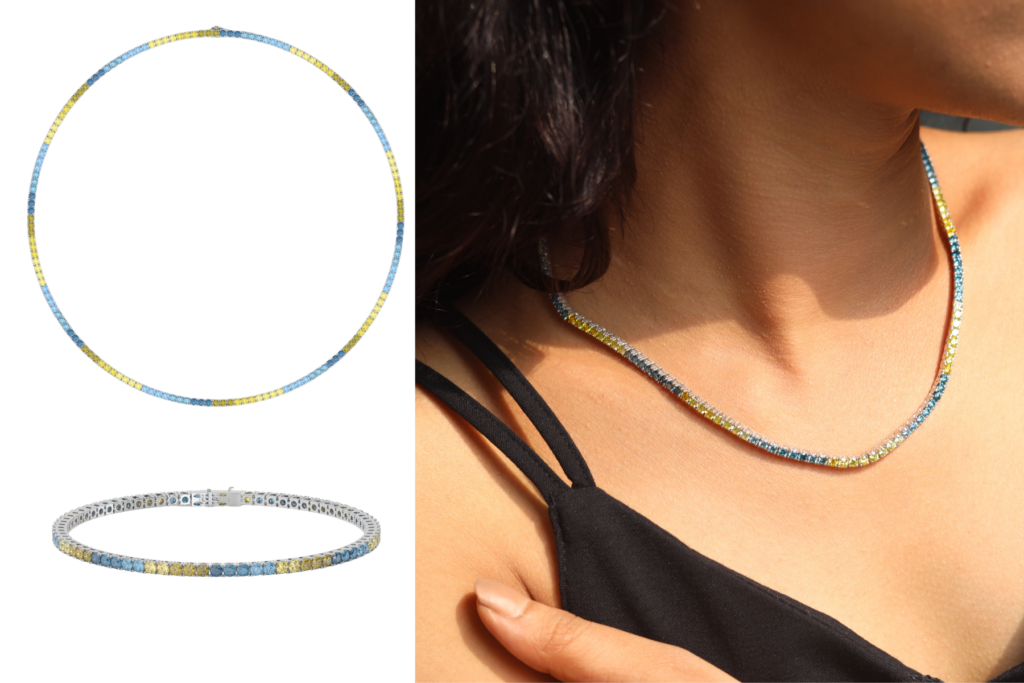
One of the biggest benefits of rendering over traditional photography is the creative freedom it gives you. With rendering, you can escape the limits of the real world. This allows you to explore any creative idea you can think of. It provides a high level of control, which is very useful for showing off jewelry in exciting and unique ways. This approach helps push the boundaries of regular product photography.
Unleashing Creativity with Unlimited Rendering Possibilities
Imagine showing off your new jewelry collection in a beautiful tropical paradise. Picture the warm light of the setting sun shining on the gemstones. Or maybe you want to display a lovely set of earrings that looks like it’s hanging in a starry night sky. With rendering, these ideas are not just dreams – they can easily come true.
Rendering software gives you the ability to create detailed and realistic backgrounds. It lets you place your jewelry in any setting, whether real or imagined. This creative freedom makes it easy to showcase the jewelry beautifully. You can use a product configurator to show a ring in different metal finishes or a necklace with different pendants.
You can try out many materials, textures, lighting effects, and layouts. This way, you present your jewelry in the best and most engaging way. You can catch the attention of your target audience with stunning images that tell a story.
The Constraints of Creativity in Photography
Traditional photography can create beautiful images, but it has some limits. The real world has things like gravity, lighting, and the availability of props and locations. These factors can make it hard to be fully creative and sometimes force you to settle for less.
For example, to get the right lighting on a fancy piece of jewelry, you may need special equipment and a lot of time to set up. Even after all that effort, getting the same lighting for different pieces can be tough. This can lead to differences in your product images.
Also, traditional photography usually prefers a clean, simple style. Designers often place jewelry on a plain white background to reduce distractions. This style shows off the details well, but it might also seem too cold or limited. This is particularly true for brands that want to show a certain mood or lifestyle. Plus, capturing intricate details can be difficult, even with professional photography.
Assessing the Impact on Buyer Engagement
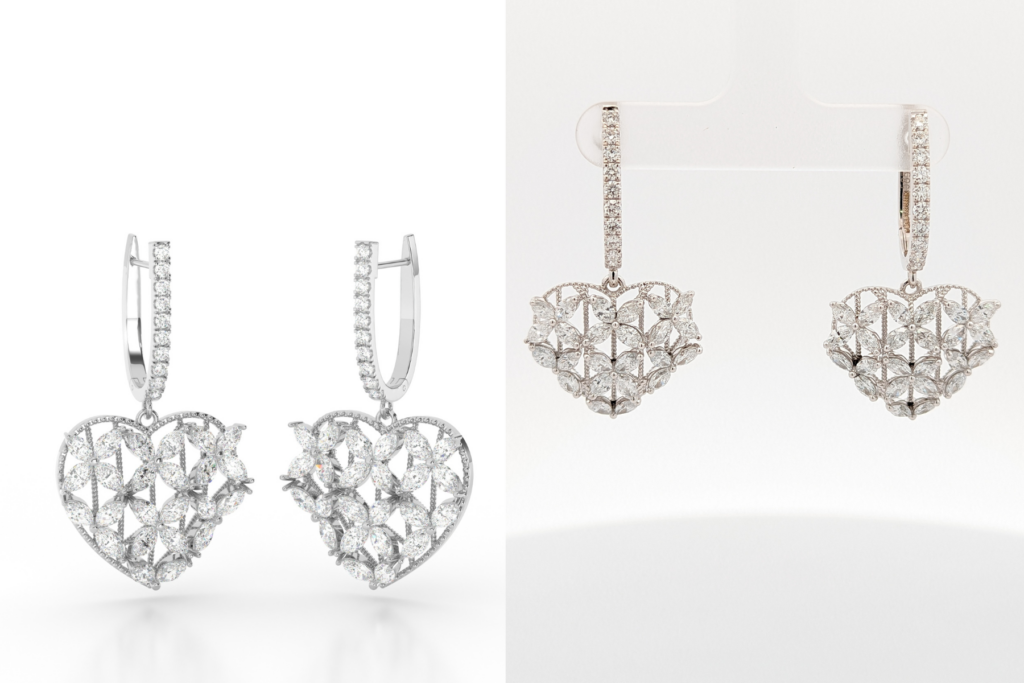
In today’s digital world, people see a lot of images every day. Because of this, using high-quality pictures is very important to grab their attention and affect their buying choices. Both rendering and photography can create strong images, but they affect how buyers engage differently. Knowing these differences is key for shaping your visual strategy to connect well with your target audience.
The Role of Visual Quality in Consumer Decision Making
High-quality product images are very important for helping consumer decision-making. When people shop for jewelry online, they use pictures to check the quality, crafting, and appeal of pieces they can’t touch. Bad images, like grainy or dark photos, can cause doubt and make them leave their shopping carts.
In contrast, clear, bright photographs that show the jewelry well can make buyers feel confident. They can see how the piece looks, enjoy the details, and feel safer when making a purchase.
Additionally, the visual quality can show what a brand stands for. For example, high-end jewelry brands usually use a simple style with professional photography to reflect their elegance and sophistication.
Enhancing Online Shopping Experience with High-Quality Imagery
In the tough world of e-commerce, making a positive online shopping experience is very important. Good images are key to giving online shoppers the visual details they need to make smart buying choices.
Think about looking at an online jewelry store that has blurry or pixelated pictures. Would you feel good about buying an expensive item from that? Most likely not. Now, picture that same store with clear photos or realistic images. This would let you zoom in and see every small detail of the jewelry.
That illustrates the power of high-quality imagery. It connects the real world with the digital one, helping customers feel closer to the product and building trust in the brand. When you spend on nice images, whether you use traditional photography or realistic rendering, you’re not just showing off your jewelry. You are also improving the online shopping experience, which leads to happier customers and more sales.
The Environmental Footprint of Jewelry Display Options
As businesses pay more attention to their impact on the environment, it’s important to assess how sustainable their practices are. This includes how they display jewelry. Traditional photography may seem better for the environment at first. However, when you take a closer look, it has unseen environmental costs. On the other hand, digital rendering may seem like it uses a lot of resources. Yet it has unique advantages. It helps cut down on waste and makes a smaller impact on the environment.
Evaluating the Sustainability of Digital Rendering
At first, digital rendering may not look good for sustainability. This is because it uses energy from computers and software. But when we look at the whole process, rendering is much less harmful to the environment than traditional photography.
One big benefit of rendering is that it does not create physical waste. There is no need to ship products, use throwaway props, or throw away sets. This digital way of working cuts down the carbon footprint from transportation and waste from materials.
Also, rendering helps make many versions and changes without needing more resources. For example, think about changing the background of a jewelry image. With traditional photography, this would need a new photoshoot. This would use more energy and resources. With rendering, it is just a simple digital change.
The Ecological Considerations of Traditional Photography
Capturing a nice photograph of a shiny diamond necklace might seem harmless. But traditional photography, especially for product visualization, can have a bigger impact on the environment than you think. Let’s look at the ecological concerns in the process.
First, think about transportation. Photographers travel to many places, sometimes to far-off locations, for their photoshoots. Shipping gear, props, and jewelry also adds to carbon emissions and pollution.
Also, studio photography uses a lot of energy for lights, air conditioning, and operating equipment. Many photoshoots use single-use props and backdrops, which add to waste and fill up landfills.
There are ways to lessen the environmental impact of traditional photography. This includes using eco-friendly props and cutting back on travel. However, the nature of traditional photography makes it hard to achieve true sustainability, especially when you compare it to digital options.
Conclusion
In conclusion, the discussion about photorealistic jewelry rendering and traditional photography is really about finding a good balance. You need to think about cost, creativity, time savings, and the environment. Traditional photography has sentimental value and feels real. On the other hand, photorealistic rendering provides great creative options and can save money in the long run. The best approach is to use both methods wisely. This way, you can keep buyers interested and meet changing market needs. Whether you choose the classic appeal of traditional photography or the modern touch of rendering, it’s important to focus on visual quality and the customer experience. This focus is key in the competitive world of presenting jewelry.
Frequently Asked Questions
Which is more cost-effective for small jewelry businesses?
For small businesses, whether rendering or photography is more cost-effective depends on what they need. Rendering might need a higher upfront cost. However, it can lead to savings over time because you can make unlimited changes and variations. This can help create a competitive advantage.
Can digital renderings achieve the same emotional impact as photographs?
Traditional photography has been the go-to method for showing feelings for a long time. But now, high-quality digital images can also tell powerful stories. They use real-looking lighting and detail that connect well with people. This helps make a strong brand identity. When done right, consumer engagement can be just as effective with digital renderings.
How do rendering technologies adapt to current jewelry trends?
Rendering technologies are very flexible and can quickly change to fit current jewelry trends. When new product styles and designs come out, digital models can be updated fast. This ability to adapt helps keep your visuals up to date and attractive to your target audience.
What are the time savings when opting for rendering over photography?
Time savings are one of the biggest benefits of rendering. The time saved can change based on the project. However, rendering often produces good quality finished images much faster than traditional photography. This is very important in a fast-paced market.
How does each method influence online consumer behavior?
Both traditional photography and photorealistic rendering can have a good effect on how people act online when done well. Attractive visual content on websites and social media grabs attention, builds trust, and leads to more sales.

